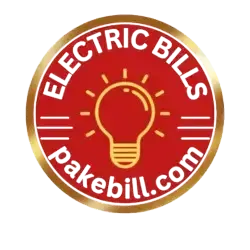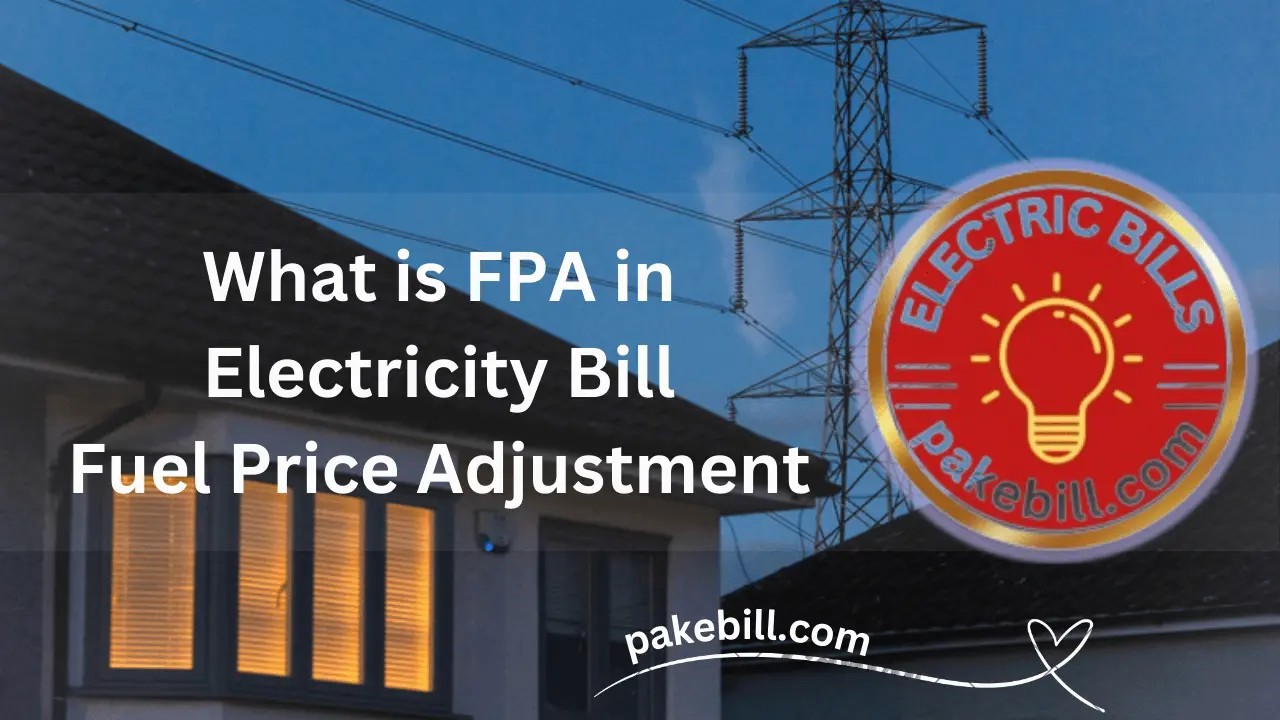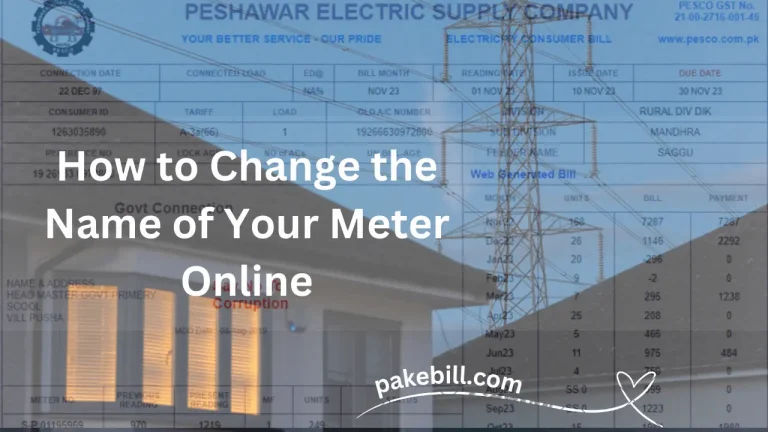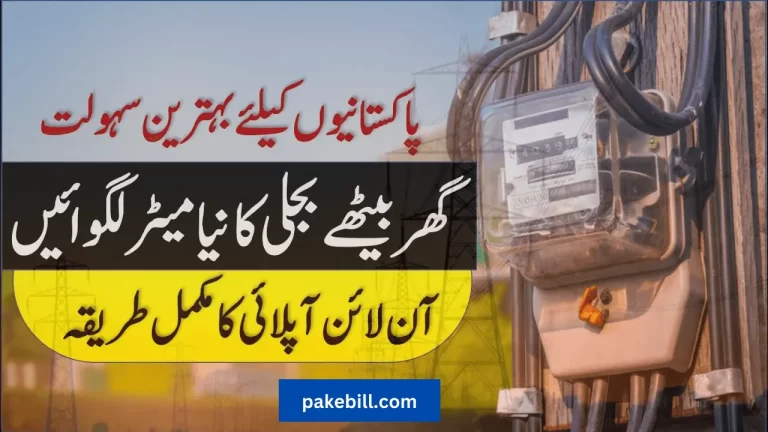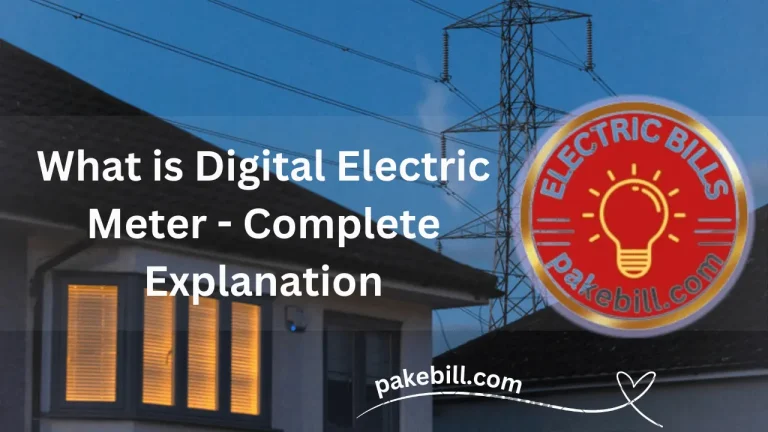What is FPA in Electricity Bill – Fuel Price Adjustment
Unveiling the Fuel Price Adjustment (FPA)
Understanding your electricity bill isn’t easy, especially when it comes to taxes like Fuel Price Adjustment (FPA). To grasp the calculation of these charges, let’s first explore the journey of electricity through its four stages: generation, transmission, distribution, and utilization. Let’s break it down step by step and talk about how electricity gets to your home.
- Generation Stage:
- Electricity is produced in powerhouses.
- Types of powerhouses include hydel plants (using water) and thermal plants (using coal or oil).
- Transmission:
- Transmission lines transport electricity.
- They cover remote areas and designated regions.
- Distribution:
- Distribution companies like Isco, Fesco, Lesco, Pesco, and K Electric in Pakistan are involved.
- These companies deliver electricity to consumers.
- Utilization:
- Consumers utilize electricity.
- It serves various purposes, such as industrial or domestic use.
Concept of Fuel Price Adjustment (FPA)
Understanding Fuel Price Adjustment (FPA) is like figuring out why your electricity bill changes. Let’s break it down:
What is FPA?
- FPA is a part of your electricity bill.
- It’s about adjusting the cost based on the price of the ‘fuel’ used to make electricity.
What is ‘Fuel’ in Electricity?
- ‘Fuel’ here means what we use to make electricity.
- It can be water (for hydropower), sunlight (for solar), or even coal and oil.
How Does it Work?
- If the ‘fuel’ is cheap, making electricity becomes cheaper.
- If the ‘fuel’ is expensive, making electricity costs more.
Why It Matters to You?
- When FPA is high, your electricity bill might go up.
- When FPA is low, your bill might be more affordable.
So, FPA is like adjusting the cost of making electricity based on how expensive or cheap the ‘fuel’ is. It’s the reason your bill changes from time to time.
Understanding Fuel Price Adjustment (FPA) with a Home-Buying Analogy
Imagine you’re buying a new home, if the home seller added extra charges for the builder’s salary, the electricity used during construction, and the gas used to transport materials to the construction site? That’s similar to Fuel Price Adjustment (FPA) charges on your electricity bill. You’re not just paying for the electricity; you’re covering the extra costs linked to the fuel used to generate it, just like how additional home charges cover more than the basic construction materials.
Beyond FPA: Additional Charges
Apart from the fuel price adjustment, additional charges, such as GST and Electricity Duty (ED), contribute to the overall electricity bill.
Sustainable Solutions
To mitigate Fuel Price Adjustment (FPA) challenges, a strategic move towards renewable energy sources like hydro, solar, and wind power can stabilize electricity costs. Emphasizing energy efficiency and responsible consumption practices further aids in reducing the impact of FPA on consumers. Encouraging private investments in cleaner and cost-effective energy solutions ensures a resilient and affordable energy landscape.
Crucial Economic Choice
Around thirty years ago, a big decision was made about making electricity. Instead of the government handling it all, they got help from private companies called Independent Power Producers (IPPs). These companies use crude oil to create electricity. The catch is, the cost of electricity depends on how much crude oil costs. So, when crude oil prices go up, the cost of making electricity goes up too. It’s like a connection between the price of crude oil and how much we pay for electricity, and it all started with that decision three decades ago.
Conclusion
It’s crucial for policymakers and those with a vested interest in the nation’s well-being to prioritize affordable and sustainable electricity generation projects. By investing in projects that harness Pakistan’s abundant natural resources, we can move towards a brighter and economically efficient future.
